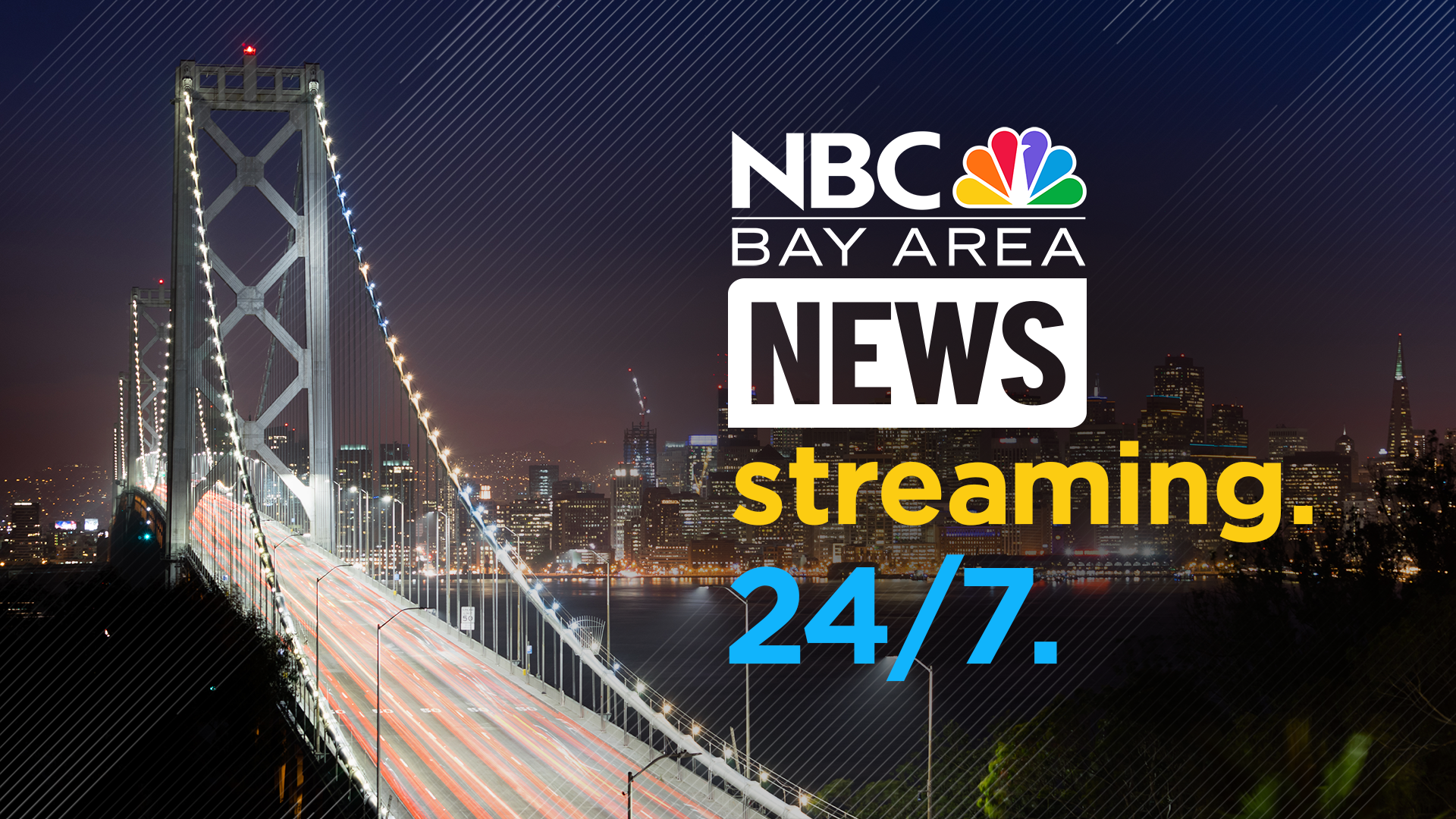A steamship that sank with 16 passengers aboard in 1888 has been located again under the Golden Gate Bridge, leading to the release of new sonar images of the boat sitting upright, covered in mud. Joe Rosato Jr. reports.
A steamship that sank with 16 passengers aboard in 1888 has been located again under the Golden Gate Bridge, leading to the release of new sonar images of the boat sitting upright, covered in mud.
James Delgado, director of maritime heritage for the National Oceanic and Atmospheric Administration’s Marine Sanctuaries, called the rediscovery of the passenger ship the “City of Chester,” which was first located more than 100 years ago, quite remarkable. And not just because it was the Bay Area’s second most deadly shipwreck.
The find is significant, Delgado said, because its revelation allows the public to learn more about ordinary people put in extraordinary circumstances. And re-examining the story of the ship, he said, allows for a bit of Gold Rush-era Chinese bigotry to be erased.
The shipwreck, which occurred following a collision with a boat carrying Chinese immigrants, was initially blamed on the passengers and crew of the other ship involved. While it was later revealed that the Chester was at fault -- and Chinese crew worked to save the lives of those on board -- the wreck "was then largely forgotten," according to the NOAA.
“History is made up of a lot of people who never made it into the books,” said Delgado, an archaeologist who grew up in San Jose, Calif., and now works in Washington, D.C. “Same with this shipwreck. It was filled with everyday people who got into a situation beyond their control.”
“Not every discovery,” Delgado said, “is the Titanic.”
The ship was most recently found in 200 feet of water about quarter mile away from the Golden Gate Bridge in May 2013, when coastal teams were scouring the bottom of the bay before the America’s Cup, according to Delgado. But the NOAA waited until Wednesday to present its findings publicly, after months of sorting through data and sonar imagery.


Delgado said while his team was out on the Bay looking to make sure the racing sailboats wouldn’t get caught on anything, crews were also looking for this wreck, which he knew about from the history books.
High-resolution sonar imagery clearly defined the hull, according to NOAA, rising some 18 feet from the seabed, and the fatal gash on the vessel’s port side.
For Delgado – who said he was actually the first archaeologist aboard the Titanic in 2000 - the finding of the 202-foot long steamship is a chance to talk about his favorite subject, history.
Local
Ninety people were aboard the ship on Aug. 22, 1888, which made a regular trip from the Bay Area to British Columbia. It was named City of Chester after the Pennsylvania city in which it was built.
On the day of the wreck, the captain of the ship took an unsafe turn, Delgado said, forcing the oncoming Oceanic to strike it. The City of Chester was impaled and sank. Sixteen people died.
Delgado said that the deadly shipwreck was the captain of the Chester’s fault. But that at the time, because of anti-Chinese sentiment during the height of the Gold Rush era, the public blamed the Chinese crew aboard the Oceanic for the deaths. But Delgado said the animousity wasn't warranted.

“The Chinese crew saved a lot of lives," Delgado said. "They pulled people onto their boats. If not for them, more people would have died.”
The City of Chester wreck is the second worst shipwreck of the San Francisco Bay Area, Delgado said, second to a 1901 Golden Gate Bridge-area wreck that killed 128 people.
NOAA officials gave credit to the U.S. Coast and Geodetic Survey for locating the City of Chester 125 years ago. But no one verified the find, and no attempt was made to lug the ship to shore.
And no attempt will be made now, either. The shipwreck will remain submerged on the seafloor.
Just knowing it’s there is enough for Delgado.
“It’s a tangible link to another time," he said.



